Related Research Articles

Driss Chraïbi was a Moroccan author whose novels deal with colonialism, culture clashes, generational conflict and the treatment of women and are often perceived as semi-autobiographical.
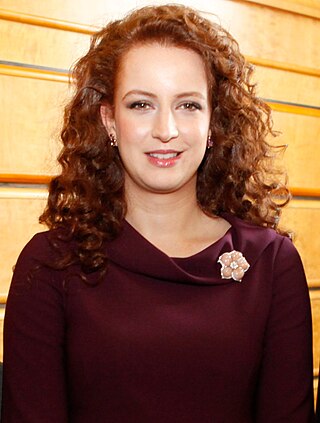
Princess Lalla Salma is the former wife of Mohammed VI of Morocco. They married in 2002, and she became the first wife of a Moroccan ruler to have been publicly acknowledged. She was last seen in an official capacity in December 2017, and it was later on reported, in 2018, that she and Mohammed VI had divorced.

Marocchinate is a term applied to the mass rape and killings committed during World War II after the Battle of Monte Cassino in Italy. These were committed mainly by the Moroccan Goumiers, colonial troops of the French Expeditionary Corps (FEC), commanded by General Alphonse Juin, and mostly targeted civilian women and girls in the rural areas of Southern Lazio, between Naples and Rome. Mass rapes continued across all the campaign including several locations in Tuscany: Siena, ad Abbadia S. Salvatore, Radicofani, Murlo, Strove, Poggibonsi, Elsa, S. Quirico d'Orcia, Colle Val d'Elsa.

Fouad Laroui is a Moroccan economist and writer, born in Oujda, Morocco. After his studies at the Lycée Lyautey (Casablanca), he joined the prestigious École Nationale des Ponts et Chaussées, where he studied engineering. After working shortly for the Office Cherifien des Phosphates company in Khouribga (Morocco), he moved to the United Kingdom where he spent several years in Cambridge and York. Later he obtained a PhD in economics and moved to Amsterdam where he started his career as a writer. He has published about twenty books between novels, collections of short stories and essays and two collections of poetry in Dutch. He has won several literary prizes, amongst which the Prix Goncourt de la nouvelle, the Prix Jean-Giono and the Grande Médaille de la littérature de l'Académie française.

Princess Lalla Aicha of Morocco was the younger sister of the late King Hassan II of Morocco, and daughter of King Mohammed V of Morocco and his second wife, Lalla Abla bint Tahar.

Nathalie Delon was a French actress, model, film director and writer. She is well known for her first acting role, appearing opposite her husband, actor Alain Delon, in the neo-noir film Le Samouraï directed by Jean-Pierre Melville (1967). She appeared in 30 films and directed two others.

Leila Ghandi, nicknamed "The Moroccan Titouan Lamazou" or "Bent Battouta", is a Moroccan photographer and journalist.
Touria Chaoui was the first female Moroccan and Maghrebi aviator at the age of fifteen.
Latifa El Bouhsini is a university professor at the Faculty of Education Sciences in Rabat, and has been a member of the National Office of the School of Citizenship for Political Studies, ECEP, in Rabat since 2012. Bouhsini is also a member of the national office of the Moroccan Organization of Human Rights She is a writer and a leftist feminist activist who holds a PhD in history and civilizations and writes prolifically about the history of the feminist movement in Morocco. Bouhsini is also a trainer specialized in gender and women's rights, and she is a speaker at the National Human Rights Council.
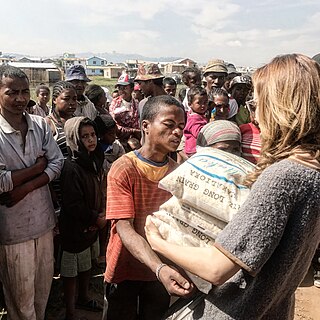
Nezha Alaoui is a Moroccan-born entrepreneur and founder of the Mayshad brand. She is also the founder of the Mayshad Foundation, a non-profit organization for youth and women's development.
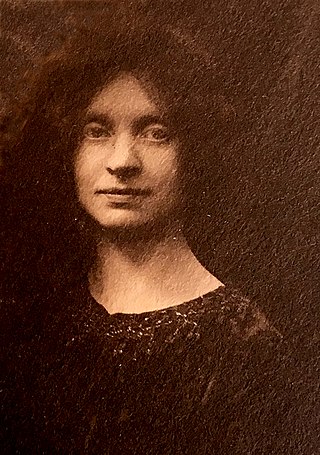
Aline Réveillaud de Lens, was a French novelist and painter who lived and worked in Tunisia and Morocco. She signed her works A. R. de Lens, A.-R. de Lens and Aline de Lens.

Nicole Elgrissy, is a Moroccan writer and activist.
Sanaa El Aji is a Moroccan sociologist, writer, and journalist.

Amina Rachid was a Moroccan actress. She presented more than 60 major theatrical works to the theater and participated in many television works from 1962 until the end of her life. She worked in Moroccan radio as an actress for many years and presented about 3,500 plays, evening shows, and radio series. She excelled in the field of cinema and participated in several famous films.
SofiaAlaoui is a French-Moroccan director and screenwriter. She is best known for her short film Qu'importe si les bêtes meurent.
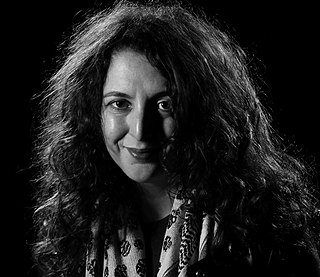
Sonia Terrab is a Moroccan writer, filmmaker, and activist. Her work revolves around the status of women in Moroccan society, social hypocrisy regarding the body and sexuality, and Moroccan youth.

The Abdelhafid Palace or Moulay Hafid Palace is a historic structure at 23, rue Mohammed Ben Abedelouhab in the Hasnouna neighborhood of Tangier, Morocco. It was built in 1912–1913 as the intended main residence of former Sultan Abdelhafid following his abdication, but was never used for that purpose. In 1927, it was purchased by Italy and subsequently renamed Palazzo Littorio, hosting various public institutions including schools and a hospital. In 1943 the Badoglio government had it renamed Casa d'Italia, and a few years later it became known as the Palace of the Italian Institutions. Even though it still houses various Italian-related activities and was renovated in the early 2000s, it has long remained underutilized.

Mouna Hachim is a Moroccan writer and journalist. She has published several novels and non-fiction books. She has also created documentaries.
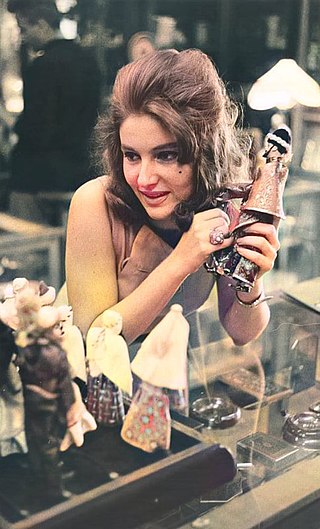
Princess Lalla Lamia of Morocco is a Lebanese-born member of the Moroccan royal family. She is the widow of Prince Moulay Abdallah of Morocco and the mother of Princess Lalla Zineb and Princes Moulay Hicham and Moulay Ismail.
Yasmine Chami-Kettani is a Moroccan novelist. She won the Arab World Institute Prize, for her novel To Die is an Enchantment.